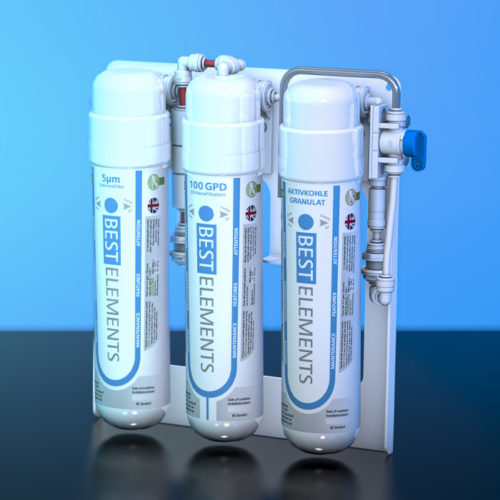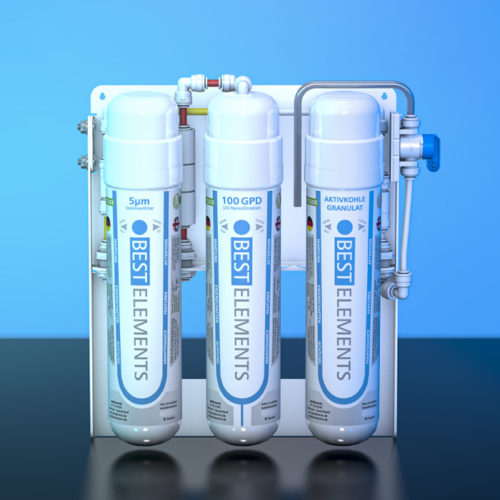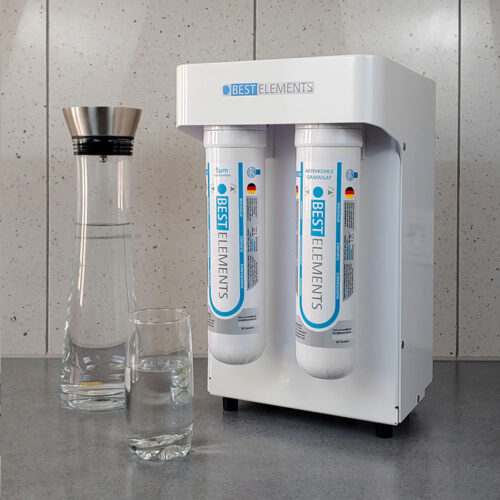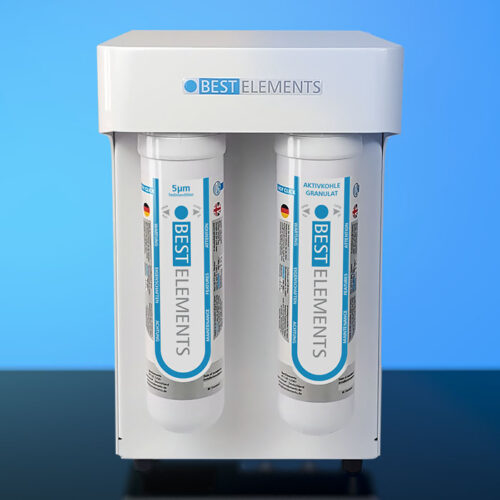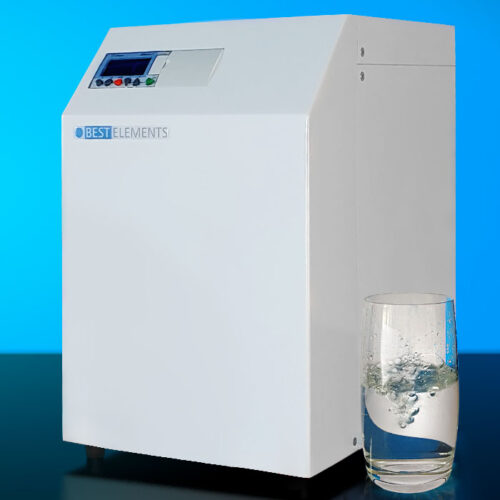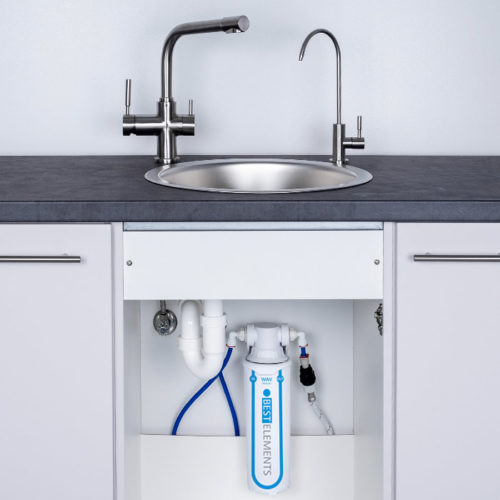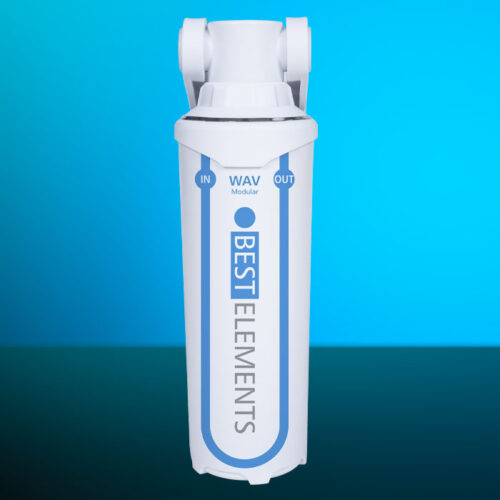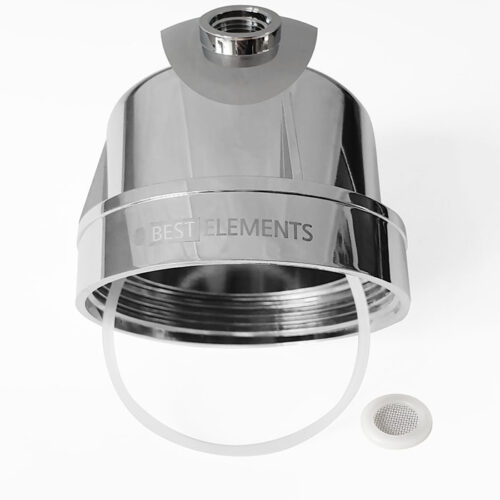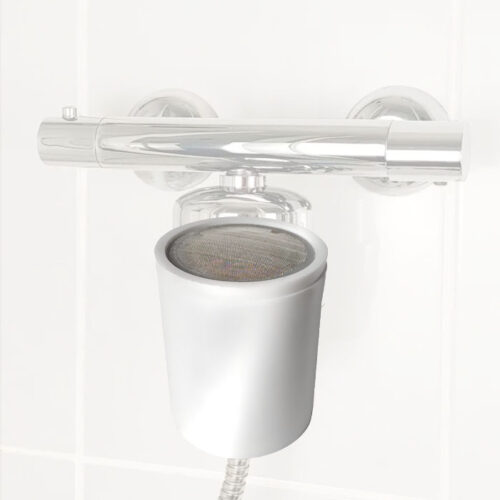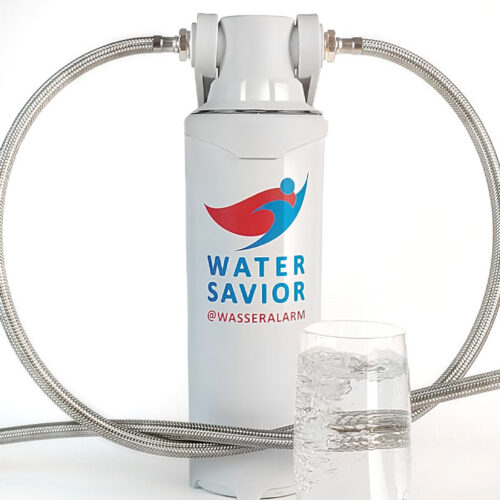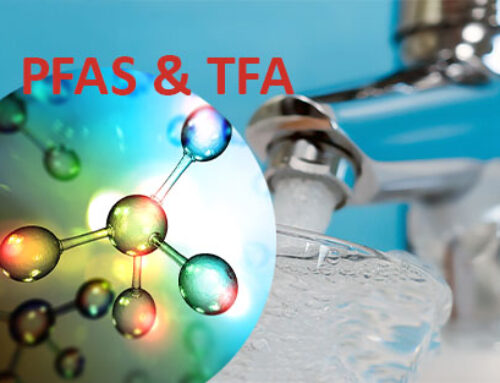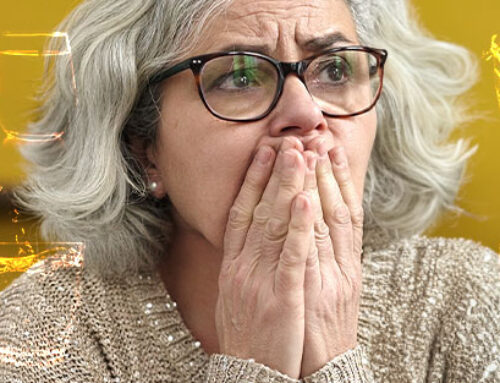According to the regulation, bacteria and the like are allowed to romp about in drinking water
Whether the quality of tap water in Germany is high is something everyone should answer for themselves according to their personal requirements and assessment. From a legal point of view, according to a judgment, tap water/drinking water can at least no longer be described as “best-tested food” or “healthy”. And according to the Drinking Water Ordinance, it may even contain breeding grounds for germs, i.e. bacteria. The limit value of so-called “colony-forming units” is between 20 and 100 KBE per ml, depending on the temperature and the sampling location – i.e. many thousands of germ-forming units (colloquial culture medium for bacteria and germs) per liter of drinking water, which are permitted according to the regulation (at the consumer’s tap, piped drinking water from well).
Focus puts it in a nutshell: “Normal drinking water contains some bacteria. In Germany, the limit value for drinking water is 100,000 bacteria per liter of water. This value was set by the Drinking Water Ordinance and empirically determined by Robert Koch, among others.” (focus.de bacteria and germs in water) Exceptions to this generous regulation are coliform bacteria (E. coli), enterococci and certain rod-shaped bacteria. After all! Exceptions to this generous regulation are coliform bacteria (E. coli), enterococci and certain rod-shaped bacteria. After all!
Around 50 substances are recorded and tested in the German Drinking Water Ordinance. This does not include drug residues, drug residues, fertilizer residues, hormone-like substances and many more, which are now detectable almost everywhere due to environmental toxins, EDCs. Microplastics in water and air is another growing problem. Sewage treatment plants cannot remove many of these substances at all and since they are not covered by the ordinance, they happily continue to circulate in the endless cycle of drinking water on our earth. No fresh water is added. We only have 2-3 percent of it on our planet, which is drunk and excreted again and again. To be absorbed by us, by animals and by plants. Two thirds of it is still stored in the ice and glaciers of the poles. That leaves about 1 percent, which we keep adding and eliminating. Who wouldn’t want it to be really pure?

